Emulator reveals the intricacies of light behavior in complex evolving systems
Wednesday, 15 June 2022 11:52 University of Central Florida researchers are part of a team who have revealed, for the first time, the intricacies of how light behaves in advanced dynamical optical systems with configurations known as non-Hermitian arrangements.
In non-Hermitian systems, allowed energy values create self-intersecting surfaces with a unique topology and branch points, which are known as exceptional point
University of Central Florida researchers are part of a team who have revealed, for the first time, the intricacies of how light behaves in advanced dynamical optical systems with configurations known as non-Hermitian arrangements.
In non-Hermitian systems, allowed energy values create self-intersecting surfaces with a unique topology and branch points, which are known as exceptional point Elusive particle discovered in a material through tabletop experiment
Wednesday, 15 June 2022 11:52 An interdisciplinary team led by Boston College physicists has discovered a new particle - or previously undetectable quantum excitation - known as the axial Higgs mode, a magnetic relative of the mass-defining Higgs Boson particle, the team reports in the online edition of the journal Nature.
The detection a decade ago of the long-sought Higgs Boson became central to the understanding of
An interdisciplinary team led by Boston College physicists has discovered a new particle - or previously undetectable quantum excitation - known as the axial Higgs mode, a magnetic relative of the mass-defining Higgs Boson particle, the team reports in the online edition of the journal Nature.
The detection a decade ago of the long-sought Higgs Boson became central to the understanding of From the Earth to the Moon and on to Mars – ESA and NASA take decisions and plan for the future
Wednesday, 15 June 2022 08:09Press Release N° 30–2022
The next steps in exploring and using space for the benefit of European citizens were this week on the agenda at ESA’s Council meeting in ESA/ESTEC, the Netherlands on 14 and 15 June. The possibility of the first-ever European astronaut to set foot on the Moon, a telecommunication satellite for lunar exploration and a mission to return precious rock samples from Mars were all discussed.
Hera asteroid mission’s first step
Wednesday, 15 June 2022 07:47 Image:
Hera asteroid mission’s first step
Image:
Hera asteroid mission’s first step Supermoon delights skygazers around the globe
Wednesday, 15 June 2022 07:41
From Frankfurt and New York to Istanbul and Beijing, skygazers could enjoy a beautiful supermoon rise over the horizon in an impressive astronomic spectacle.
The full moon appeared bigger than normal and sometimes slightly orange-colored as it lit skies around the globe.
It reached its full stage on Tuesday during a phenomenon known as a supermoon because of its proximity to Earth. It's also referred to as the "Strawberry Moon" because it's the full moon at strawberry harvest time.
In Frankfurt, it rose behind the German city's banking district's skyline, while in Beijing the forbidden city's roof decorations depicting sacred beasts were silhouetted in sharp black by the moon.
The moon also illuminated New York City's Statue of Liberty and shone on the pillars of the ancient temple of Poseidon at Cape Sounion south of Athens, Greece.
Planet reveals $146 million NRO award and quarterly revenues
Tuesday, 14 June 2022 23:07
Planet revealed the value of its largest contract to date, a two-year $146 million award from the National Reconnaissance Office to provide imagery over two years, during the company’s June 14 earnings call.
The post Planet reveals $146 million NRO award and quarterly revenues appeared first on SpaceNews.
Momentus increasingly pessimistic about first Vigoride mission
Tuesday, 14 June 2022 22:22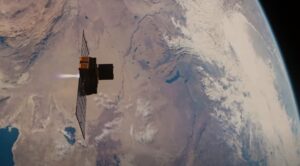
The first orbital transfer vehicle launched by Momentus continues to experience problems and the company says its confidence that the spacecraft can complete its mission has “substantially declined.”
The post Momentus increasingly pessimistic about first Vigoride mission appeared first on SpaceNews.
South Korean ground station operator Contec raises Series C round for global expansion
Tuesday, 14 June 2022 20:24
Contec said June 10 that it had raised 61 billion won ($47.3 million) in a Series C funding round to pursue its goal of building a global ground station network and operating its own Earth observation satellites.
Satellite images suggest Iran preparing for rocket launch
Tuesday, 14 June 2022 19:25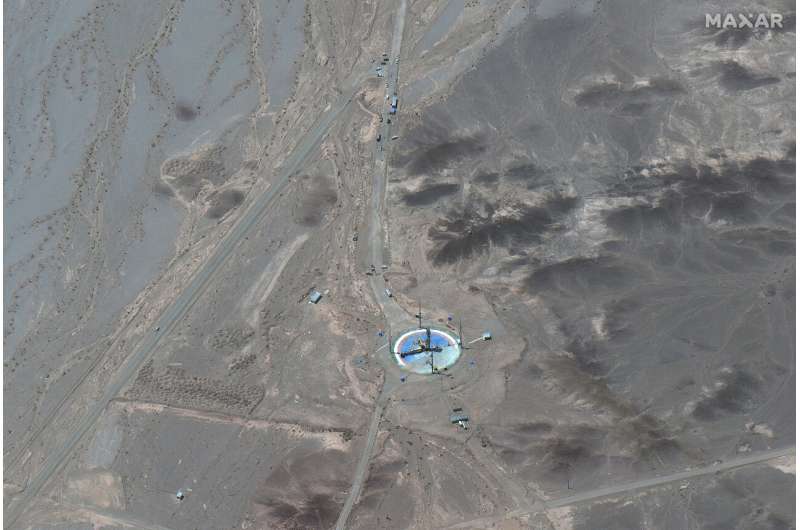
Starlink and OneWeb reach spectrum coordination plan
Tuesday, 14 June 2022 18:24
SpaceX and OneWeb said June 13 they have reached a spectrum coordination plan that would enable their current and second-generation broadband megaconstellations to coexist.
The post Starlink and OneWeb reach spectrum coordination plan appeared first on SpaceNews.
Aerospacelab to build “megafactory” in Belgium
Tuesday, 14 June 2022 17:00
Belgian startup Aerospacelab announced plans June 14 to establish a new satellite "megafactory” large enough to produce 500 satellites annually.
The post Aerospacelab to build “megafactory” in Belgium appeared first on SpaceNews.
Sierra Space to start astronaut training program
Tuesday, 14 June 2022 16:32
Sierra Space is creating an astronaut training program led by a company executive and former NASA astronaut as another step in developing a crewed version of its Dream Chaser vehicle and a commercial space station.
Explosion at Chinese space launch center revealed by satellite imagery
Tuesday, 14 June 2022 16:31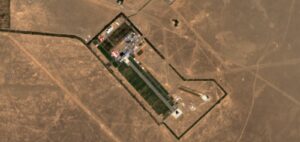
An explosion hit rocket facilities at China’s Jiuquan Satellite Launch Center in October 2021, commercial satellite imagery shows.
ESA mission control builds UK connections
Tuesday, 14 June 2022 16:13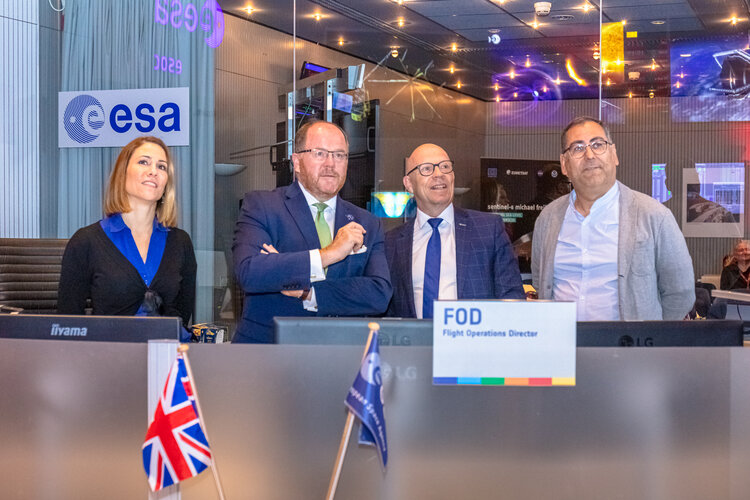
The ongoing collaboration between the UK and ESA’s European Space Operations Centre (ESOC) in Germany is playing a key role in the success of numerous pioneering space activities.
China's lunar lander finds evidence of native water on moon
Tuesday, 14 June 2022 15:46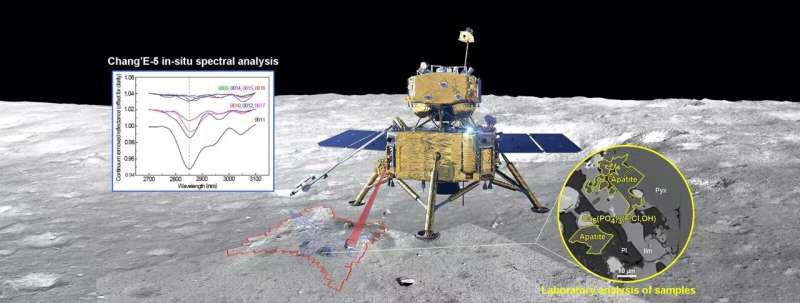
Samples from the Moon's Oceanus Procellarum, an ancient mare basalt whose name translates to "Ocean of Storms," may be able to help determine the source of lunar water.
China's lunar lander Chang'E-5 delivered the first real-time, on-site definitive confirmation of water signal in the basalt's rocks and soil via on-board spectral analysis in 2020. The finding was validated through laboratory analysis of samples the lander returned in 2021.

